Two-thirds of people buy souvenirs while on holiday. Ever since people started travelling, they have brought home things they found interesting, whether it was during the Roman Empire or by the English Explorers. Our museums are filled with items brought back from foreign lands.
Nowadays, the joy of souvenir hunting is a significant part of the travel experience. People spend a considerable amount of time browsing through shops and stalls, eagerly trying to select the perfect souvenir. The thrill of finding that unique item is part of the adventure, even if it means finding room in their already bulging suitcases.
However, the number of souvenirs being brought seems to be decreasing. Some consider it old-fashioned, too expensive, or wasteful, or that souvenirs take up too much room in their suitcases. Is there a perfect souvenir? Should you help the local economy by buying their souvenirs? Or are souvenirs a waste of money and soon end up in the bin?
Why do people buy souvenirs?
Many people buy souvenirs as gifts. It might be for a family member who didn’t go on holiday with them, for work colleagues or a pet sitter. I am sure the people who receive the gifts are pleased that they weren’t forgotten, but probably quite a few didn’t really need the gifts. When a local charity requested tea towels for their kitchen, nearly every tea towel donated was from a tourist destination—clearly, a lot of unwanted gifts.
The number of gifts brought for others is decreasing. As you can now easily communicate with your relatives at home, you don’t need to get a gift to show they haven’t been forgotten.
Some people buy souvenirs to remind them of their holiday. This could be something like a fridge magnet or ornaments that amused them or looked appealing. The souvenir can remind them of good times. In fact, the word “souvenir” is a French word meaning “memory.”
Another compelling reason to buy souvenirs is to own something unique or part of the local culture. Having a souvenir from an exciting place not only brings personal satisfaction but also serves as a badge of honour, allowing you to share your travel experiences with others.
Souvenirs help the locals.
The souvenir business plays a crucial role in supporting local economies. Even when the goods aren’t made locally, they still contribute to the local economy and, more importantly, the local families. Your purchase, no matter how small, can make a significant difference in some places, between having a meal and not.
In 2022, the citizens of the USA spent £16.7 billion ($21bn) on souvenirs. If that money were directed to those in need, it could make a big difference. However, buying something that is not wanted is not the answer. It is better to consider the environmental impact. Donate money to a charity rather than purchasing something that will likely end up in a landfill site.
I frequently travel with someone who gets great pleasure from souvenir hunting, so I wouldn’t want to stop anyone doing this if they enjoy it. Just make sure you buy something you enjoy and don’t quickly throw away.
What souvenir should you buy?
Buy a souvenir that the country or area is known for
If you choose a souvenir that is a local product or specialises in a particular area, you can find more choices as well as cheaper prices. This could be Argan Oil in Morocco, Sake in Japan or Pashmina in India.
However, items that are extremely popular with tourists are often flooded with counterfeit products. To avoid this, research the average price of the souvenir you’re interested in. If you’re offered a significantly lower price, it’s likely a fake. Additionally, look for authenticity certificates or buy from reputable stores to ensure you’re getting a genuine product.
For instance, you could buy a unique piece of local art, a traditional musical instrument, or a handcrafted item that represents the local culture. These unique souvenirs not only make great conversation starters but also support local artisans and preserve cultural heritage.
If you’re interested in cooking, consider purchasing a cookery item. If you’re interested in fashion, consider adding something to your clothing collection. Anything that aligns with your interests is more likely to be retained for a long time.
Add to a collection
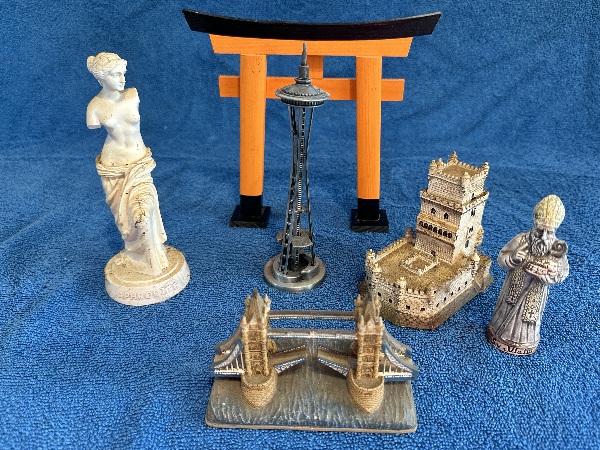
Lots of people collect things. I used to collect inexpensive models of famous places I had visited, such as the Statue of Liberty or the Sydney Opera House, but I soon ran out of space to display them.
Fridge magnets are small, and many people collect them; however, there is a limit to how many you can display.
I know someone who collects snow globes. It’s interesting to see a place in a snow globe, and it can be a good reminder. However, in some areas they are impossible to find. If you only have hand luggage, you need to purchase small globes so that you can put them in your liquid bag. However, there is no guarantee that they will allow them on a plane. You also have to be careful that the glass doesn’t break.
Postcards were once a very popular souvenir; they are small, light, and remind you exactly what the place was like. Nowadays, it can be hard to find postcards even in some popular cities. The ease of taking photos and sending texts home has led to a decline in the popularity of postcards.
You might like to buy jewellery as it takes very little space and can have a local design, reminding you of the place every time it’s worn. Unfortunately, I have forgotten the origin of most of my souvenir jewellery, but it still evokes a holiday vibe. If it’s not obvious where you got something for your collection, make a note of it. After a few years of holidays, it is easy to forget which item came from where.
If you already collect something and have allocated the space for the collection, then adding something new that you haven’t seen before can be rewarding.
Buy things you can eat or drink.
If you have things that you can eat or drink, you won’t have them for years to remind you of a place. However, for some people, this is the perfect solution, as they won’t clutter your house. They also make great presents for other people, giving them a chance to try food or drink from another country. They might prefer something they can use up rather than something that they feel obliged to display.
Get something that reminds you of an experience.

I have a some specks of gold that I found while gold panning, and a small volcanic rock from when we climbed a volcano. These things remind me not only of the place but also of the experience. If you’ve learned how to cook a meal, you can purchase the spices needed to recreate it. Or do something like decorating a glass lamp in Morocco. It might not be a work of art, but it will mean more to you than a magnet.
Buy a practical souvenir
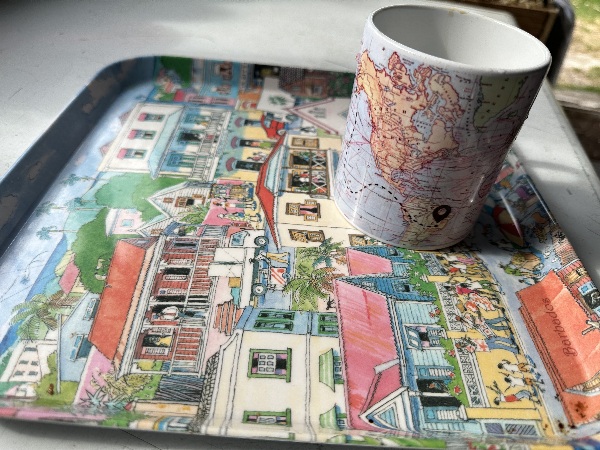
There are numerous items in your house that you use. My favourite mug came from Brazil and I have the perfect-sized tray from Barbados. If you only buy things that have a practical use, it is easy to find space for them. My oven gloves are getting a bit old, so perhaps that should be my next souvenir.
Bring back photographs
Photographs don’t cost you anything if you don’t print them out. There are, however, companies that will print your photos into a book format, providing a very personal memory of your holiday. This souvenir takes up no room in your suitcase.
Bring back free mementos.
Some people keep their boarding pass, museum tickets, maps and leaflets to stick in a book. When they get home, they stick them in a keepsake journal.
What you shouldn’t buy
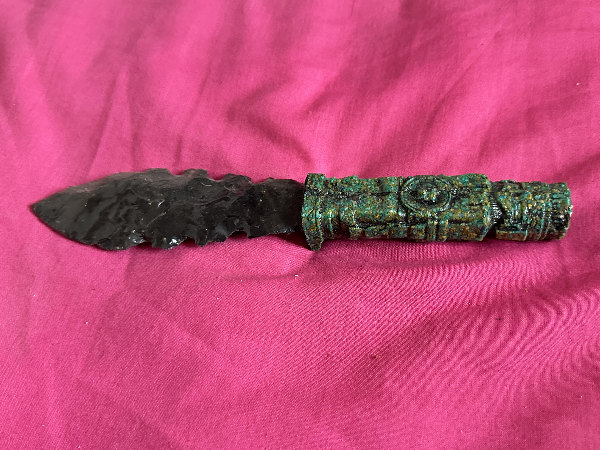
I once brought a pretty ornate knife home for a family member. It didn’t occur to me until I got home that it might be illegal to bring a knife home. Apparently, it depends on its size and type.
Some items are prohibited from being taken out of a country, such as shells or cultural heritage artifacts.
Other items are prohibited from being taken into your country. This often applies to food and plants. Don’t forget about duty-free limits on alcohol.
Before you buy something, consider where you will put it in your house. If you don’t have a spare wall for a picture, or the vase clashes with your room’s colour, then don’t buy it, no matter how pretty it looks in the shop.
Consider the amount of space you have in your suitcase. We once ditched towels and old shoes to make room for a giant toy panda.
Consider where to buy your souvenirs from
If you can buy your souvenirs from a craftsman, then the souvenir can mean more to you. You can see how it was made or ask questions about it. I once bought an opal ring in Australia from a man whose brother had mined it. Items with a story behind them hold more meaning.
Choose independent shops, market stalls, or flea markets so that the money goes directly to the local people. Take your time to talk to the seller, as it’s another opportunity to interact with a local.
Packing souvenirs
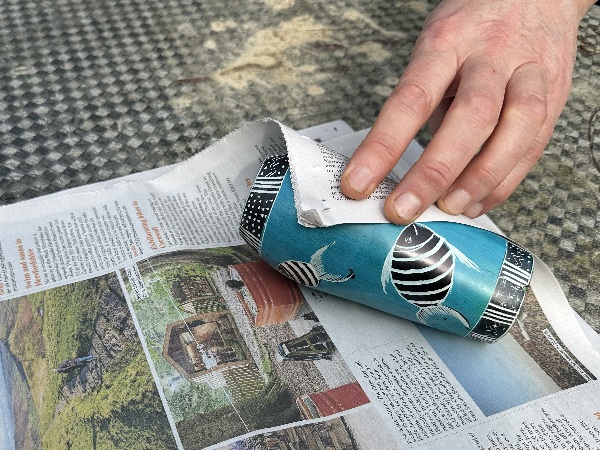
There is always the worry that something delicate will be broken on the way home. When in the shop, ask if the souvenir can be wrapped in paper or bubble wrap. We have often had souvenirs wrapped in newspapers or plain white sheets. If they can put it in a box, it is even better.
Small items can be placed inside something like a shoe or sunglasses case. Then fill with socks so it doesn’t rattle around. Larger items should be wrapped in clothing and placed approximately ¼ of the way down in your suitcase, not near the edge, where they might get knocked, and not at the bottom, where the entire weight of your belongings will be resting on it.
My daughter once brought a lamp which she had no room for in her bag. The lamp was in a box, so she brought a ball of string and made a bag with a handle, making it easy to carry as hand luggage.
Sending souvenirs home
If you’re backpacking, you can find a box and fill it with your souvenirs to send back home by parcel post.
If you purchase large items, such as rugs, you will need to pay for shipping them home. Buy from a reputable store where you feel confident. Obtain a detailed receipt with a description of your souvenir, and ensure you have the seller’s address and contact details. Pay by credit card if you can.
Souvenir scams
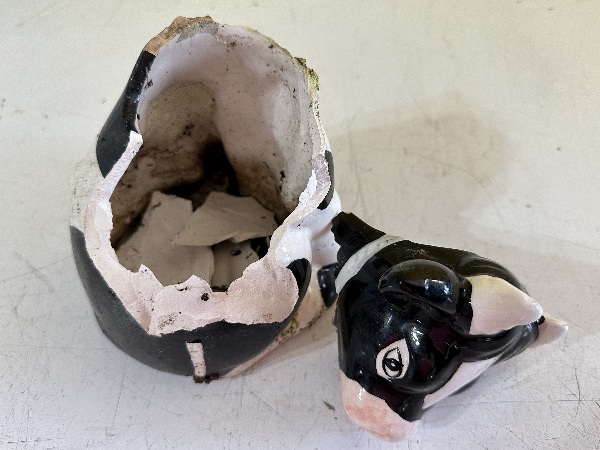
Be sure to watch as your souvenir is wrapped or placed in a box. By the time you get home and unwrap your souvenir, it may be too late if you discover that it has been replaced with a broken or different item.
Sometimes an unscrupulous seller will display a broken souvenir. If you pick it up, they can accuse you of damaging it and charge you an exorbitant price.
Be aware that the term “handmade” is sometimes added to a souvenir simply because it can be sold at a higher price.
Don’t buy from the first place you see. Some souvenirs are available everywhere, allowing you to find the best prices.
Summary
Souvenirs are items that give you pleasure. By choosing the right souvenirs, the pleasure can last long after the holiday has finished. The most popular souvenir in the world is a keyring of the Eiffel Tower. People often criticise mass-produced items, but they are still popular.
Have a fantastic holiday. Good luck finding your perfect souvenir, whether it’s a fridge magnet or the perfect holiday snap.
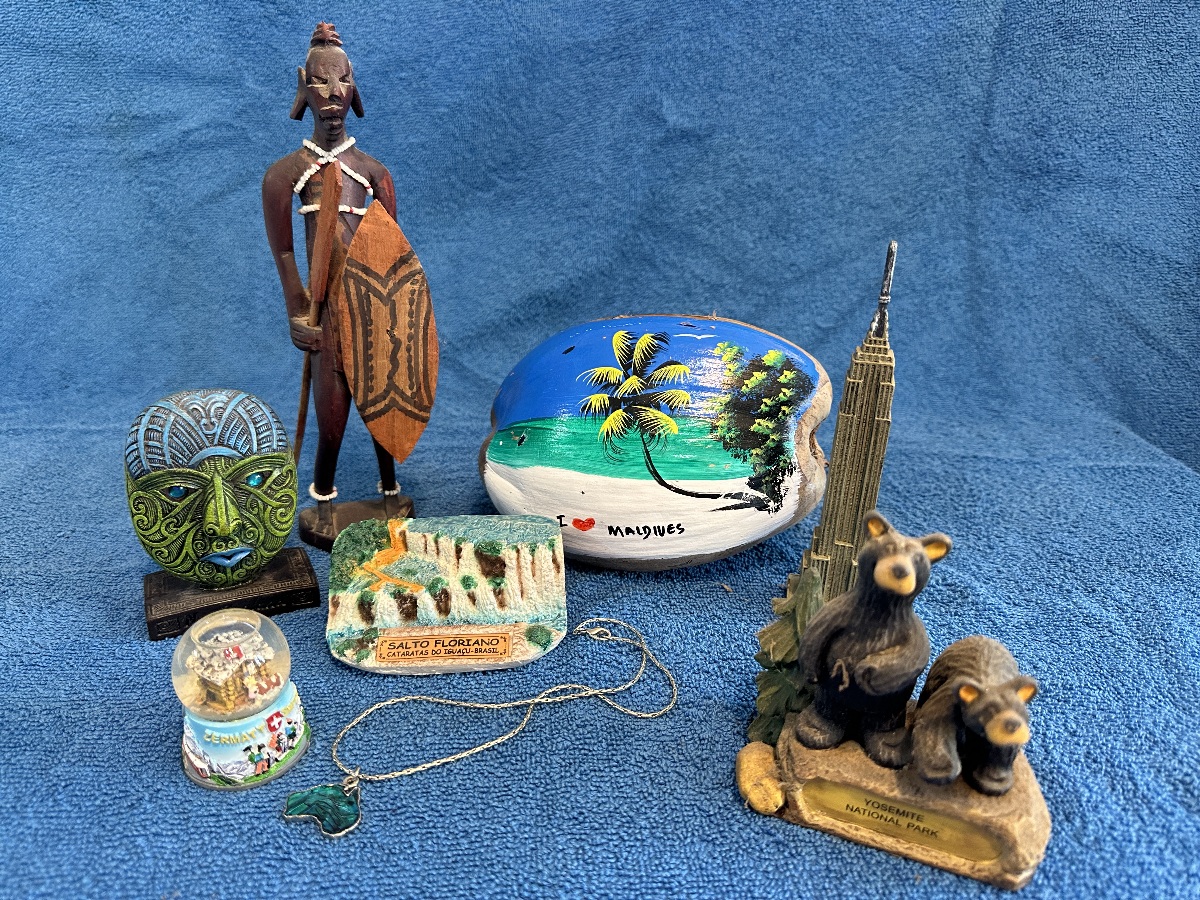
Leave a Reply